



Physical development is divided into two areas, growth and development.
Rhennir datblygiad corfforol yn ddau faes, twf a datblygiad.

Growth is the physical changes of, the increase in size, height and weight. Development is how children gain control over their physical actions to do complicated and difficult activities more skilfully and easily.
Growth and development are linked because the development and improvement of physical skills depends on the size of the child and their muscular strength. Physical development will usually follow a sequence even though the age may vary. There are factors that can affect this sequence, such as a disability.
Further reading
Physical development
Twf yw'r newidiadau corfforol, mynd yn fwy o faint, mynd yn dalach a phwyso mwy. Datblygiad yw'r ffordd mae plant yn cymryd rheolaeth o'u gweithredoedd corfforol er mwyn cyflawni gweithgareddau cymhleth ac anodd yn fwy medrus ac yn haws.
Mae cysylltiad rhwng twf a datblygiad am fod datblygu a gwella sgiliau corfforol yn dibynnu ar faint y plentyn a'i gryfder cyhyrol. Bydd datblygiad corfforol fel arfer yn dilyn trefn er y gall yr oedran amrywio. Mae ffactorau a all effeithio ar y drefn hon, fel anabledd.
Darllen pellach
Datblygiad corfforol
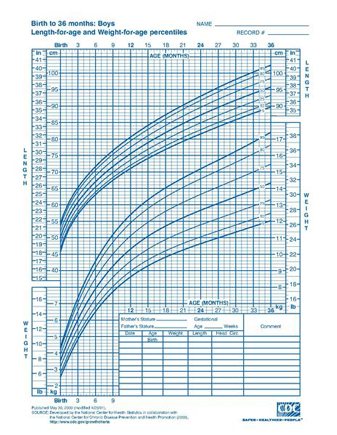
Growth is an important indicator of a child's health. It is monitored using centile charts.
These charts show a child's growth compared to a certain percentage of the population.
The age of the child is taken into account as well as the spread of differences in the population.
Height, weight, BMI and head circumference are each measured in this way and recorded on centile charts within the personal child health record (the red book kept by parents).
Mae tyfu yn ddangosydd pwysig o ran iechyd plentyn. Caiff ei fonitro gan ddefnyddio siartiau canraddau.
Mae'r siartiau hyn yn dangos sut mae plentyn yn tyfu o gymharu â chanran benodol o'r boblogaeth.
Caiff oedran y plentyn ei ystyried yn ogystal â'r gwahaniaethau sydd yn y boblogaeth.
Caiff taldra, pwysau, BMI a chylchedd y pen i gyd eu mesur yn y ffordd hon a'u cofnodi ar siartiau canraddau yng nghofnod iechyd personol y plentyn (y llyfr coch a gedwir gan rieni).
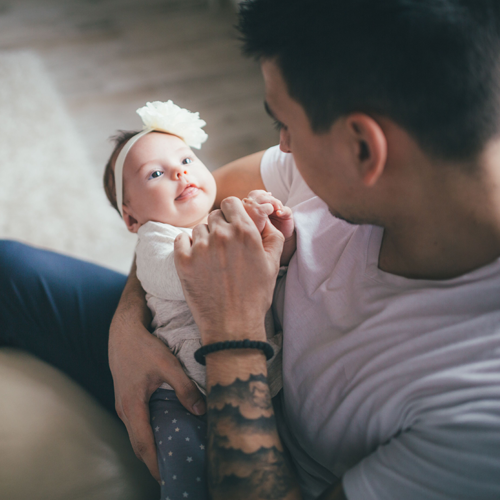
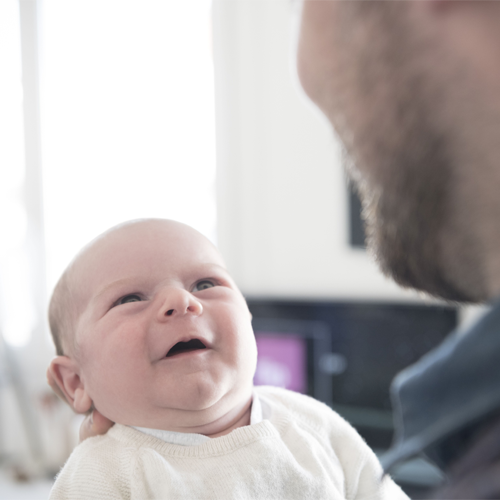
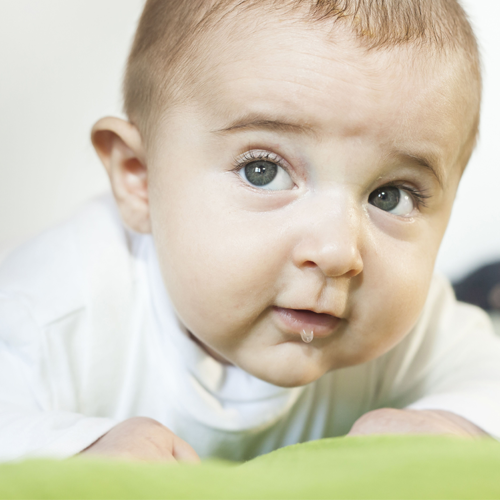
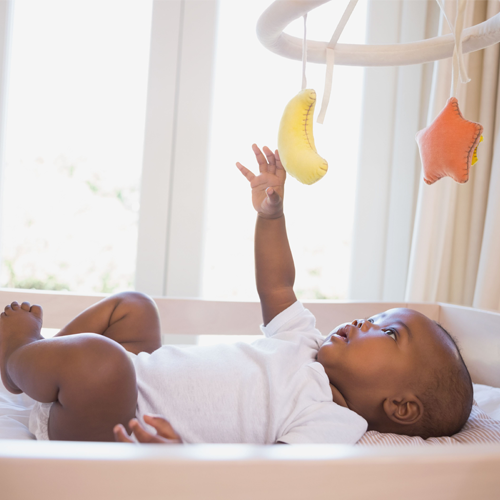
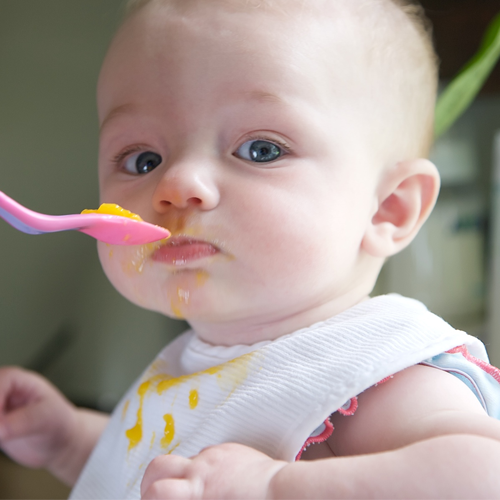
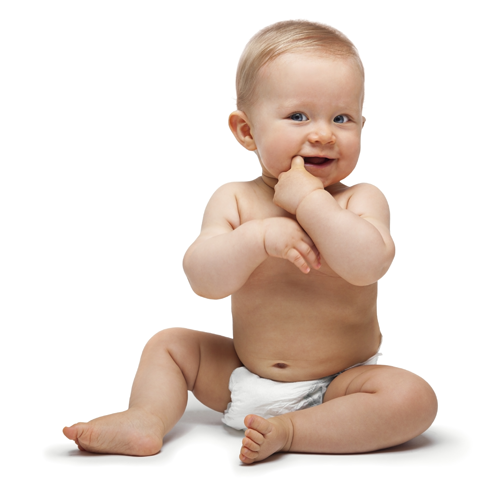

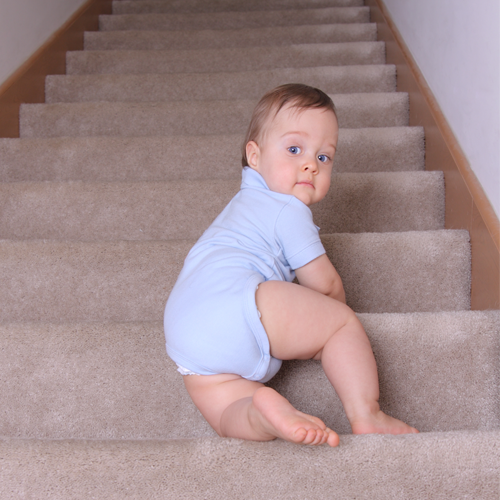

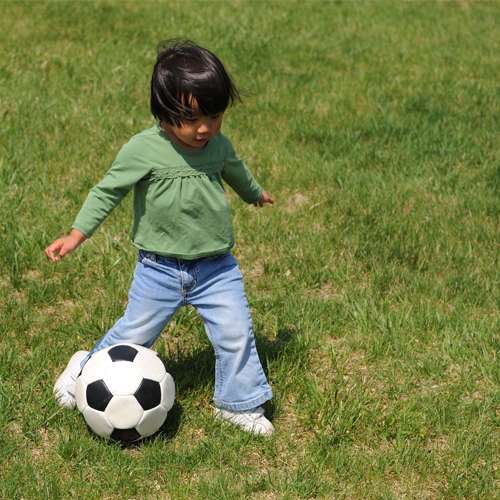
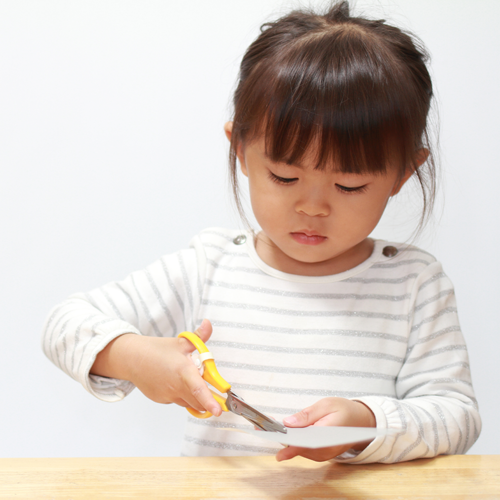
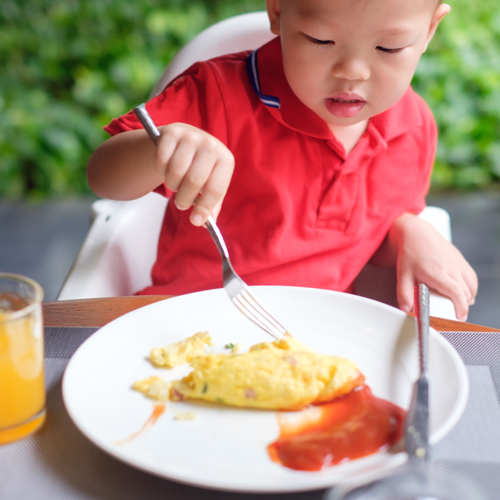
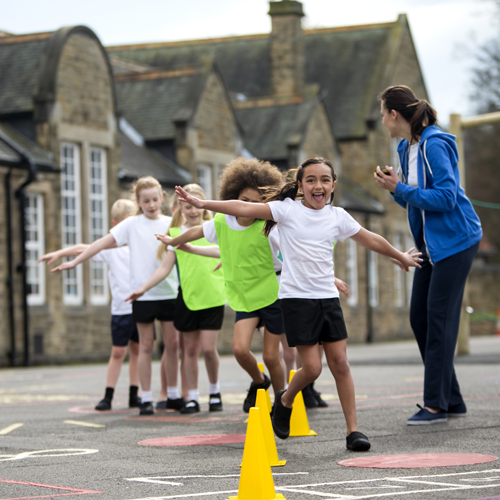
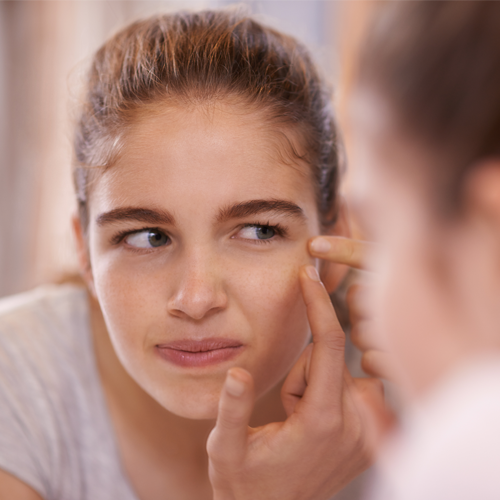
Further reading
Health and Development reviews
Darllen pellach
Adolygiadau Iechyd a Datblygu
Select the physical developments to match the correct age
Parwch yr oedran cywir gyda’r datblygiadau corfforol
Well done. You scored … out of ….
Da iawn. Mae gennych … allan o … yn gywir.
You scored … out of …. Some of the answers you gave are incorrect. Try again to improve your score.
Mae gennych … allan o … yn gywir. Mae rhai o'ch atebion yn anghywir. Ceisiwch eto i wella eich sgôr.
This is the development and control of the whole body and the larger muscles. Children need this control to be able to balance, walk and climb.
Newborn babies have very little control over their bodies the actions they make are involuntary reflexes. As they get older, they develop more control over these actions. A child may learn to control how to walk at a different rate to another. They may learn to walk at 9 months of age, 12 months or 18 months.
Children learn to control their muscles from their head, then their shoulders, then their arms and then their legs. They also need co-ordination, determination and confidence to achieve the physical development milestones.
Learning to support head
Rolling over
Sitting
Crawling
Standing
Walking
Running
Hopping
Climbing
This is the development and control of smaller muscles of the hands, fingers and feet so that a child can do more delicate tasks e.g. drawing, fastening buttons and threading beads.
Children use a variety of grips until they master the mature pincer grip at about 4 years of age.
Children learn to co-ordinate inwards to outwards. They learn to control their arms, then their hands and then their fingers.
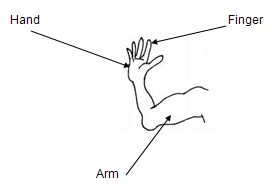
3 months - fingers and hand play
6 months - whole hand palmar grasp
9 months - primitive pincer grasp
12 months - primitive tripod grasp
15 months - palmar grasp
18 months - refined pincer grasp and tripod grasp
2 years - preferred hand
2½ years - improved tripod grasp
4 years - mature pincer grasp
Dyma ddatblygiad a rheolaeth y corff cyfan a'r cyhyrau mawr. Mae angen i blant gael y rheolaeth hon er mwyn gallu cadw eu balans, cerdded a dringo.
Ychydig iawn o reolaeth sydd gan fabanod newydd-anedig dros eu cyrff ac mae eu gweithredoedd yn adwaith anwirfoddol. Wrth iddynt fynd yn hŷn, byddant yn datblygu mwy o reolaeth dros y gweithredoedd hyn. Gall plentyn ddysgu rheoli sut i gerdded ar gyflymder gwahanol i blentyn arall. Gallant ddysgu cerdded yn 9 mis oed, 12 mis neu 18 mis.
Mae plant yn dysgu rheoli eu cyhyrau o'u pen, yna eu hysgwyddau, yna eu breichiau ac yna eu coesau. Hefyd mae angen sgiliau cyd-symud arnynt, ynghyd â'r penderfyniad a'r hyder i gyrraedd y cerrig milltir ar gyfer datblygiad corfforol.
Dysgu i gefnogi'r pen
Rholio drosodd
Eistedd
Cropian
Sefyll
Cerdded
Rhedeg
Hercian
Dringo
Dyma ddatblygiad a rheolaeth cyhyrau bach y dwylo, bysedd a thraed fel bod plentyn yn gallu gwneud tasgau mwy anodd e.e. tynnu llun, botymu a rhoi edau drwy leiniau.
Bydd plant yn defnyddio sawl ffordd o afael nes iddynt feistroli'r gafael pinsiwrn aeddfed pan fyddant oddeutu 4 oed.
Mae plant yn dysgu cyd-symud o'r tu mewn i'r tu allan.Maent yn dysgu rheoli eu breichiau, yna eu dwylo ac yna eu bysedd.
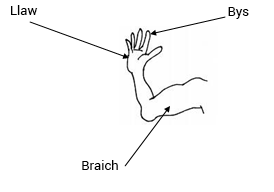
3 mis – chwarae gyda'r bysedd a'r dwylo
6 mis – gafael cledrol llaw gyfan
9 mis – gafael pinsiwrn cynnar
12 mis – gafael trybedd cynnar
15 mis – gafael cledrol
18 mis – gafael pinsiwrn a gafael trybedd wedi'u mireinio
2 oed – dewis llaw
2 flwydd a hanner – gwell gafael trybedd
4 oed – gafael pinsiwrn aeddfed
Gareth is six years old, what gross motor skill milestones should he have reached?
Mae Gareth yn chwe blwydd oed, pa gerrig milltr sgiliau echddygol bras ddylai fod wedi eu cyrraedd?
Gareth should be able to ride a bicycle, kick a ball, climb on frames and be able to jump off of these, run quickly and change directions to avoid objects. He should be able to catch a ball when thrown to him, skip in time to music and hop on one foot.
He will continue to develop these skills and will become more confident as he does so.
Dylai Gareth fedru reidio beic, cicio pêl, dringo ar fframiau a neidio oddi ar y rhain, rhedeg yn gyflym a newid cyfeiriad i osgoi gwrthrychau. Dylai fedru dal pêl a deflir ato, sgipio i gyfeiliant cerddoriaeth a hercian ar un droed.
Bydd yn parhau i ddatblygu'r sgiliau hyn a bydd yn dod yn fwy hyderus wrth wneud hynny.
Press play to watch a series of clips of children at a nursery school. Record your observations for each clip on the observation sheets and identify the use of:
Download the observation sheet from here
<Cliciwch i chwarae'r clipiau am blant mewn meithrinfa. Gwnewch gofnod o'ch arsylwadau ar gyfer bob clip ar y daflen arsylwi gan nodi'r defnydd o:
Lawrlwythwch y daflen arsylwi yma.
Puberty is when a child’s body begins to develop and change as they become adults. Girls will develop breasts and start their periods, whilst boys will develop a deeper voice, have a growth spurt and begin to look more like a man.
The onset of puberty usually happens around 11 for girls and 12 for boys.
Mae oed aeddfedrwydd yn digwydd pan fydd corff plentyn yn dechrau datblygu a newid wrth iddo ddod yn oedolyn. Bydd merched yn cael bronnau ac yn dechrau eu misglwyf, a bydd bechgyn yn cael llais dyfnach, yn tyfu'n sydyn ac yn dechrau edrych yn fwy fel dyn.
Bydd oedran aeddfedrwydd fel arfer yn digwydd pan fydd merched yn 11 oed a phan fydd bechgyn yn 12 oed.
Read the information on the NHS website by clicking on the link. Note key words to help you complete the activity below.
Darllenwch y wybodaeth ar wefan y GIG drwy glicio ar y ddolen. Nodwch eiriau allweddol er mwyn eich helpu i gwblhau'r gweithgaredd isod.
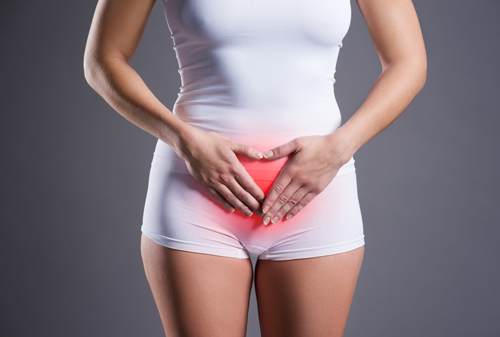
Menopause happens when a woman’s body stops producing eggs. Her periods will become infrequent and eventually stop. Once periods end, a woman will be unable to get pregnant naturally.
This is a natural part of ageing and usually occurs between the ages of 45 and 55. Most women will experience symptoms that can be severe and can affect daily life. These include:
These symptoms can last for years.
Mae'r menopos yn digwydd pan na fydd corff menyw yn cynhyrchu wyau mwyach. Bydd ei misglwyf yn digwydd yn llai aml a bydd yn dod i ben yn y pen draw. Pan na fydd yn cael misglwyf mwyach, ni fydd menyw yn gallu beichiogi'n naturiol.
Mae hyn yn rhan naturiol o heneiddio ac mae fel arfer yn digwydd rhwng 45 a 55 oed. Bydd y rhan fwyaf o fenywod yn profi symptomau a all fod yn ddifrifol ac effeithio ar fywyd bob dydd. Yn eu plith, mae:
Gall y symptomau hyn bara blynyddoedd.

Around the age of 25 the first signs of ageing will appear on the skin, with fine lines around the eyes. Skin can appear drier and less supple as it produces less oil with age. Age spots can appear on the skin.
Hair can lose its colour and become white or fall out.
With age, it can become more difficult to see and many individuals will need to wear glasses. Older individuals may also notice that they find it more difficult to follow conversations if there is a lot of background noise, or find that they are unable to hear high-pitched sounds.
Teeth and gums change, and the gums can begin to recede. Without care, older individuals are at risk of losing their teeth.
The older an individual gets the stiffer their arteries become, meaning the heart has to work harder to pump blood around the body. This can lead to high blood pressure and other heart problems.
Around the age of 40 to 50, bones start to weaken and become brittle. It isn’t a myth that individuals shrink with age. The disks in the spine can shrink and this leads to a reduction in height by up to two inches.
Fluid and cartilage lining the joints wears away with age and this can lead to pain and arthritis.
Muscle decreases with age and this will lead to individuals finding it harder to carry out everyday tasks.
Individuals in their 60s may find it more difficult to control their bladder. Coughing and sneezing can cause incontinence.
Oddeutu 25 oed bydd arwyddion cyntaf heneiddio yn ymddangos ar y croen, gyda llinellau tenau o amgylch y llygaid. Gall y croen ymddangos yn fwy sych ac yn llai ystwyth am ei fod yn cynhyrchu llai o olew gydag oedran. Gall smotiau oedran ymddangos ar y croen.
Gall y gwallt golli ei liw a throi'n wyn neu gwympo allan.
Gydag oedran, gall fynd yn anoddach gweld a bydd angen i lawer o unigolion wisgo sbectol. Gall unigolion hŷn hefyd ei chael hi'n fwy anodd dilyn sgwrs os oes llawer o sŵn yn y cefndir, neu efallai na fyddant yn gallu clywed synau uchel.
Bydd y dannedd a'r deintgig yn newid, a gall y deintgig ddechrau dirywio. Heb ofal, mae unigolion hŷn mewn perygl o golli eu dannedd.
Po hynaf y bydd unigolyn yn mynd y mwyaf anystwyth fydd ei rydwelïau, gan olygu bod yn rhaid i'r galon weithio'n galetach i bwmpio gwaed o amgylch y corff. Gall hyn arwain at bwysedd gwaed uchel a phroblemau eraill gyda'r galon.
Rhwng oddeutu 40 a 50 oed, bydd yr esgyrn yn dechrau gwanhau ac yn mynd yn fregus. Nid myth yw bod unigolion yn mynd yn llai gydag oedran. Mae'r disgiau yn yr asgwrn cefn yn gallu crebachu sy'n arwain at ostwng taldra hyd at ddwy fodfedd.
Mae'r hylif a'r cartilag sy'n leinio'r cymalau yn dirywio gydag oedran a all arwain at boen ac arthritis.
Mae'r cyhyrau yn lleihau gydag oedran sy'n ei gwneud hi'n fwy anodd i unigolion gyflawni tasgau bob dydd.
Gall unigolion yn eu 60au ei chael hi'n fwy anodd rheoli'r bledren. Gall peswch a thisian achosi anymataliaeth.
Select an image and use the pen to annotate the image in order to define the physical changes and ability at that stage of life.
Dewiswch ddelwedd a defnyddiwch y pen i anodi'r ddelwedd er mwyn diffinio'r newidiadau corfforol a'r gallu ar y cyfnod hwnnw mewn bywyd.